 The New York Law Journal by
The New York Law Journal by A. Gail Prudenti - April 10, 2012
Having recently marked my 100th day as chief administrative judge of the courts of New York, I wanted to take this opportunity to look back on our early progress and, more importantly, focus on where we are headed and where we need to go. Since beginning my term in December, we have presented and achieved passage of the judiciary's budget in the Legislature, expanded e-filing and begun laying the groundwork to achieve Chief Judge Jonathan Lippman's top legislative aims in the areas of juvenile justice and wrongful convictions. Above all, I am so pleased that the hard work and dedication of our phenomenal judges have now been recognized by the first adjustment to their salaries in 13 years. As I promised when I assumed this role, I also used my first months in office as a chance to take a good hard look at court operations to learn how we as a judiciary can better serve the people of our state. The chief judge and I are very pleased that with the recent passage of our budget as submitted, we can begin to gradually alleviate some of the harshest consequences of this past fiscal year's budget cuts. Our top priority will be to keep the courthouses open during regular business hours, which is so essential to serving the people who come to the courts seeking justice at some of the most difficult times in their lives. We have heard the concerns expressed by the bar, judges, practitioners and litigants, and are closely monitoring case trends and existing backlogs. It will take a significant period of time to recover from the cuts necessitated by the economic crisis, but whether we are in good fiscal times or bad, our constitutional mandate remains the same. We are duty-bound to hear each and every case that comes before us with fairness, wisdom and speed. Over the past few years, businesses and organizations throughout the world have had to adapt to the new economic reality of our times by finding ways to continue producing goods and providing services with fewer resources. In order to continue to fulfill our own constitutional mission, we in the New York courts must do the same. Despite double-digit increases in filings, the court system today is operating with the same level of staffing we had a decade ago. Yet we must embrace this new reality, band together, and turn obstacles into opportunities. We must rethink and reinvent the way we do business. Waiting around for better times to arrive is not an option. Not only is our primary responsibility to deliver justice far too important, but we have it within our power to bring about positive change thanks to the many talented and committed judges and court staff who understand and support the need to pursue local operational reforms to improve our performance.
With this in mind, and accepting the new reality that government must make ever wiser and more efficient use of limited public resources, it is time to develop a plan of action. My experience has taught me that a prescribed, uniform plan for the entire court system is unrealistic and unworkable, and that only a front-line perspective and an individualized approach, tailored to the unique challenges and culture of each locality and court, can be truly effective. Throughout my years in the legal system—as an intake clerk in Surrogate's Court, as a prosecutor in the district attorney's office, as a private practitioner, as a surrogate, as a Supreme Court justice sitting in a matrimonial and guardianship part, as a former administrative judge, and as the presiding justice in one of the busiest appellate courts in the nation—I have learned that the people in each district know best what works in their particular courts, and that the right solution for the Supreme Court in Erie County may be the wrong solution for the Supreme Court in Kings County.
My years in the courts have also shown me, time and again, that the best ideas, programs and operational successes often originate at the local court level. As a result, I have developed far too much respect for every segment and every player in the judicial system to believe that a "top-down" strategy is the best way for our institution to overcome the many challenges we face. And those challenges are formidable. A look at the case trends over the past decade reveals that the inventory of older cases has increased significantly, and that today's numbers are far from where we would like them to be. These statistics are certainly important because they shine a light on the health and efficacy of our system, but we must never forget that behind every index number is a real, aggrieved litigant seeking justice in our courts. Yes, we must count cases, but more importantly, we must make sure that every case counts. That is why I am working with our talented administrative judges in each judicial district to formulate individualized strategies and find effective and innovative ways to fulfill our core mission of adjudicating cases in the new reality. The administrative judges are currently developing concrete plans with realistic goals tailored to the specific courts and case types in their respective districts. We will support their efforts and continuously monitor and track their progress. These plans will include initiatives such as setting up "triage" parts to resolve the oldest cases or assign them out for immediate trial, improving coordination and working relationships with key stakeholders, instituting best practices, commencing juror outreach efforts, and clearing databases and calendars of lingering cases that have long-since been resolved. We will work together to identify those districts and courts most in need of assistance, and shift our resources accordingly wherever possible. It is also time to take a fresh look at the standards we use to measure how well we are managing our massive and diverse caseloads.
The court system and the legal profession have changed dramatically since we first adopted the Standards and Goals measures for evaluating the timeliness of case dispositions. We have seen the growth of problem-solving courts, the emergence of unprecedented caseload trends such as the ongoing mortgage foreclosure crisis, a dramatic increase in the number of unrepresented litigants in our courts, and the introduction of new legislative requirements, such as the recently expanded reliance on DNA testing. These are just a few of the complex dynamics affecting how cases are processed in the state courts today. As our court system evolves, so too must the tools by which we measure our performance. Accordingly, we will be carefully scrutinizing the current system to determine how we can set time tables that are appropriate and realistic in this new era. In confronting the difficult issues surrounding case backlogs, I have received invaluable assistance from Judge Lawrence Marks, who has undertaken an in-depth study of caseload trends, logjams and the overall efficiency of our court system. His efforts will help us fully understand the problems we face as we begin to take action in collaboration with each administrative judge. It is reassuring to know that Judge Marks, in his new role as the first deputy chief administrative judge, will be overseeing this critical project. He is a proven and effective administrator who fully grasps the intricacies of case management and resource deployment within our vast organization, and he has the expertise and credibility to bring people together and achieve meaningful change. Passage of the judiciary budget will also enable us to take gradual but significant steps to reduce case inventories. While it is not fiscally possible to re-institute the entire judicial hearing officer (JHO) program, the budget may allow us to bring back some of our dedicated JHOs, and we will use their talents and experience in targeted ways to manage pressing caseloads. The budget will also enable us to give the administrative judges more discretion in the use of overtime when exigent circumstances demand that a trial or hearing continue past normal working hours, such as the need to complete an expert witness's testimony.
Moreover, we hope to fill a limited number of critical non-judicial positions throughout the state that are absolutely essential to maintaining effective court operations. Through these combined efforts, I have every confidence that 2012 will be a year in which we make real progress in reducing delays and speeding the disposition of cases. In keeping with our call to do what it takes to fulfill our core mission, I will ask my colleagues in the Appellate Division to volunteer when they are not in session to sit in trial courts that are most in need of assistance to clear backlogs. These volunteer Appellate Division judges will travel to trial parts in other departments and either settle or try the oldest cases. In certain areas of the state, I will also call upon our surrogates to volunteer to sit in the Supreme Court to provide assistance, and will further recruit court attorneys from our Law Departments to help clear motion backlogs in other courts. I am truly fortunate to have worked with so many dedicated and experienced judges and lawyers throughout my career who have repeatedly gone above and beyond the call of duty. Inspired by their example, I am proud to join my colleagues in this volunteer effort and plan to sit on the bench in the Supreme Court of Suffolk County this summer. While pursuing these initiatives within the court system itself, I also recognize that fulfilling our core mission of delivering justice is at its heart a very interdependent endeavor. Our judicial system is a complex one, with many moving and interlocking parts. It cannot function at its best without the cooperation and support of key stakeholders—district attorneys, local municipalities and their agencies, legal aid and public defender offices, private firms and bar associations, and so many others. All of these constituencies undoubtably are facing their own challenges in these difficult times, but we are truly in this together, and I call upon all members of our justice community—from judges and law clerks to individual practitioners and law firms—to join in our efforts to rethink and rework how we do business for the sake of better serving the public, our ultimate constituent. I have the utmost confidence that if we combine our creativity and talents and work cooperatively, as we have so many times in the past, we can successfully bridge the gap between the resources we have and the services we are called upon to provide for the people of our state. In my first months as chief administrative judge, I have been so heartened and inspired by the hard work and dedication of the judges and the court staff who have been working in crisis mode for so long, delivering justice despite tough fiscal constraints and a constantly growing workload. Their perseverance and determination assures me that the challenges we face can be surmounted and turned into opportunities to strengthen our court system for the future. As chief administrative judge, I see my role as chief resource coordinator, and I want to assure the judges and non-judicial employees of our court system that I stand fully committed to supporting their efforts and initiatives in the days ahead. The New York Judiciary has always been a national model for innovation and reform and I know that the challenges of this new reality will spark the creativity of the brilliant and talented individuals who make up our judicial community. In the weeks and months ahead, I look forward to reporting on further details of our plans and our progress toward re-engineering and revitalizing the state court system. A. Gail Prudenti is chief administrative judge of the New York State Unified Court System.

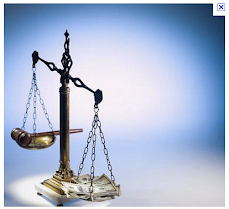



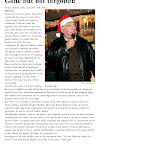

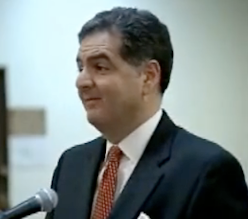
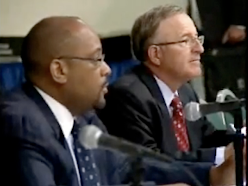
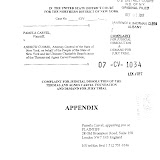
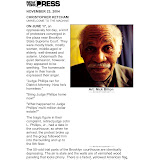
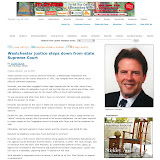
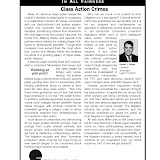

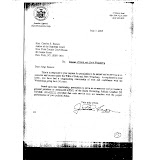
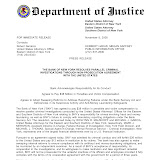
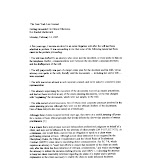

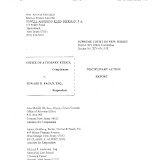
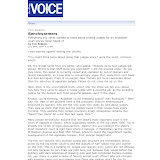

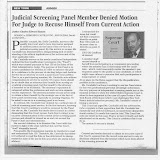

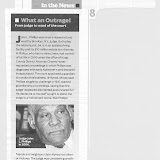
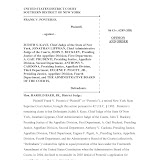
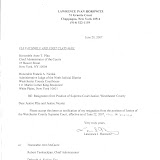
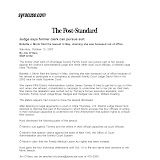
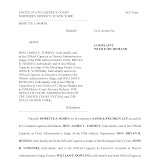

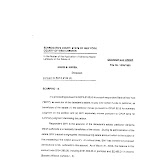
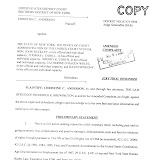

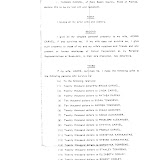
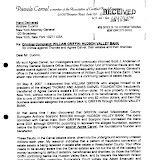
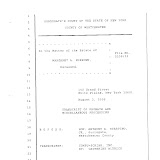
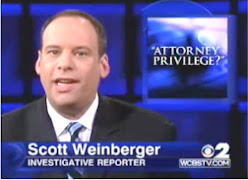

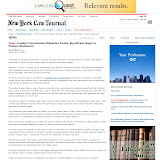
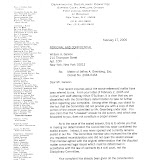
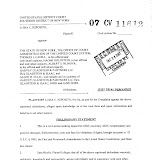
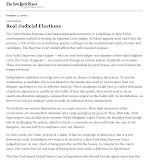
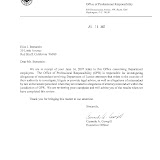
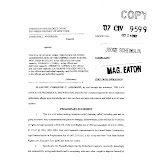
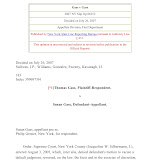
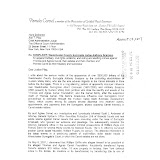

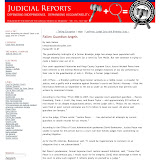
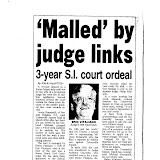
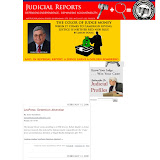
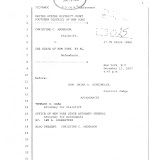
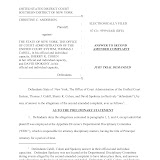
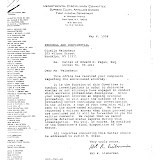
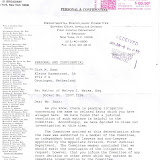
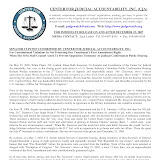
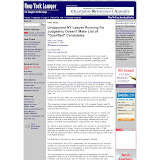
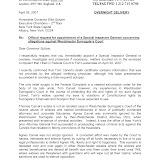
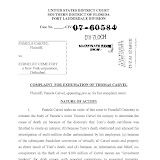
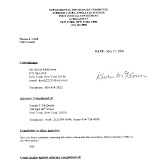
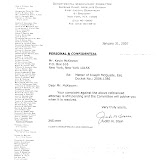
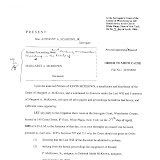
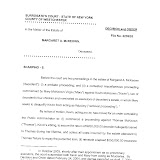
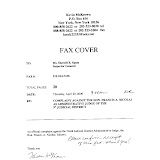
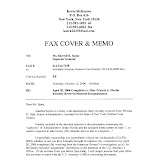
34 comments:
Judge Prudenti can either address the widespread Corruption in the NYS court system or do what Judge Lippman did- nothing, but continue the cover-up. Time will tell, I guess.
What about the continued reappointment of acting Supreme Court judges that are known to be acting corruptly? All the other issues are meaningless, when corruption is tolerated and rampant. Better funding for corrupt judges does what? Money in and corrupt injustice out is a disgrace and a failure of administration.
Gail Prudenti and her husband know about corruption and she also knows more than you can imagine about the circumstances surrounding Sunny Shue - just ask her under oath and see what she says...
OCA Administration let outside judicial districts tend to their own districts up and until the 1990's.
In the 90's Kaye and Trificanti wanted all judicial districts in their power..for that exact purpose..POWER over everyone...which could only bring them more money and the extreme control they so wanted and enjoyed.
Now Lippman and Prudenti state that was is good for Erie county..8th district is not good in other upstate and downstate districts!
The judges in NY State have been up in arms since Kaye stormed the entire court system with her takeover and OCA sees how dysfunctional and more corrupt the NY COURTS HAVE BECOME with their disgruntled judges and employees.
She also states that she needs to hire some critical non-judicial employees..but leaves out the reality that those jobs will go to POLITICAL FAMILIES...all with tremendous incompetence..making mistakes that cause OCA embarrasments as they have done since the 1990's.
Hiring women and minorities from political backgrounds exstensively is also NO solution..they have ruined the ethics and respect of the courts while fulfilling the judicial civil rights obligation.
Hire these groups, of course...but there are thousands of them that are qualified..and stop that political humping that OCA loves to do.
You will not correct or gain new respect for OCA using hacks that are ignorant and unintelligent!
buy ativan online ativan prolonged qt interval - ativan with high blood pressure
buy tramadol for dogs tramadol for dogs without rx - order tramadol online from usa
buy tramadol buy tramadol online with a cod - online pharmacy review tramadol
buy tramadol rx buy tramadol online without prescriptions usa - tramadol 50mg reviews
cheap klonopin online klonopin side effects joint pain - klonopin pills overdose
klonopin online adderall and klonopin erowid - klonopin withdrawal chart
where to buy tramadol buy tramadol tablets online - tramadol dosage medication
ativan pills ativan for alcohol detox - ativan withdrawal joint pain
buy tramadol no prescription zydol tramadol dosage - buy tramadol rx online
buy tramadol 180 order tramadol online with mastercard - tramadol 400 mg
ativan lorazepam ativan rx 7 - ativan side effects pregnancy
buy tramadol online cod overnight tramadol hcl versus hydrocodone - buy tramadol overnight shipping
tramadol 50mg tramadol online usa - order tramadol online safely
buy tramadol cod fedex tramadol ultram - tramadol overdose in a dog
buy ambien online legally ambien generic date - prozac ambien drug interactions
order tramadol no prescription buy tramadol personal check - tramadol 50mg withdrawal
tramadol online tramadol 50mg dosage - is it illegal to purchase tramadol online
buy carisoprodol online soma san diego bring me horizon - buy aura soma bottles usa
cheap ambien online ambien cr pdf - ambien recreational use effects
tramadol 100 tramadol withdrawal bloating - tramadol overdose yahoo answers
buy tramadol online tramadol hcl 20mg - tramadol dosage vicodin
buy klonopin online dosage of klonopin for sleep - klonopin jaw pain
buy ambien online ambien online from canada - can i buy ambien online
buy tramadol free shipping tramadol online texas - tramadol hcl taken with tylenol
buy soma online buy soma bras - soma discount offer
order ativan lorazepam 1 mg to buy - ativan side effects anxiety
lorazepam 1mg ativan dosage canada - lorazepam online ohne rezept
buy ambien online ambien cr 12.5 reviews - ambien sleep eating 2011
buy clonazepam klonopin 34 - buy clonazepam online no prescription cheap
buy tramadol online no prescription cod tramadol no prescription - buy tramadol cod next day delivery
Post a Comment